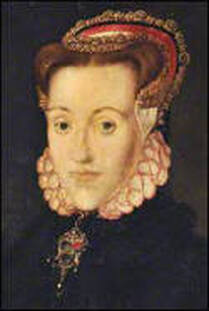Henry VIII, the Reign
Part Fifty - Two
Preparation for a New Reign
Preparation for a New Reign

|

|
Henry VIII, the Reign.
|
Henry VIII, the Reign.
|